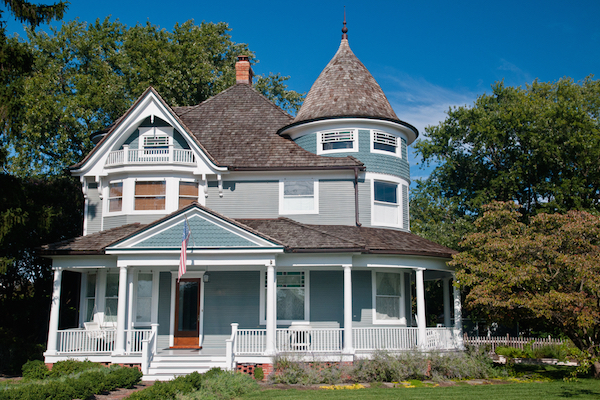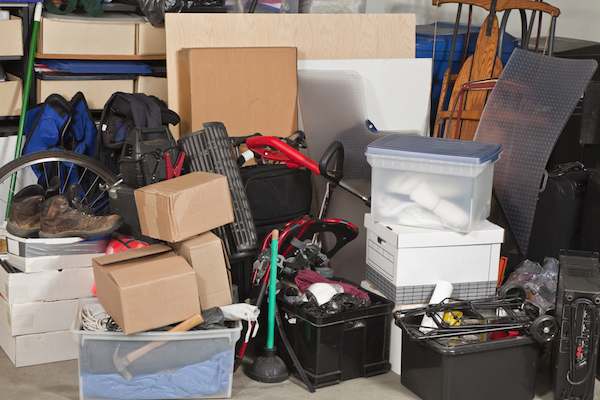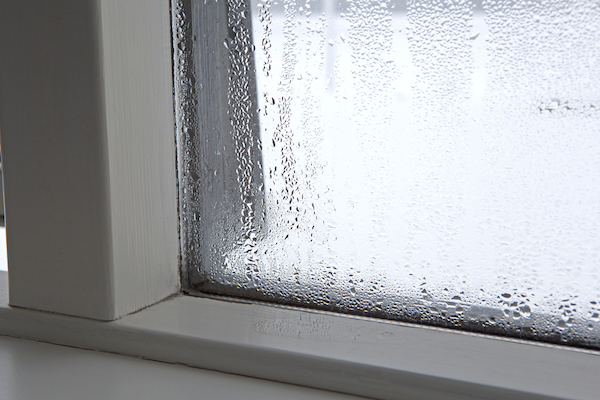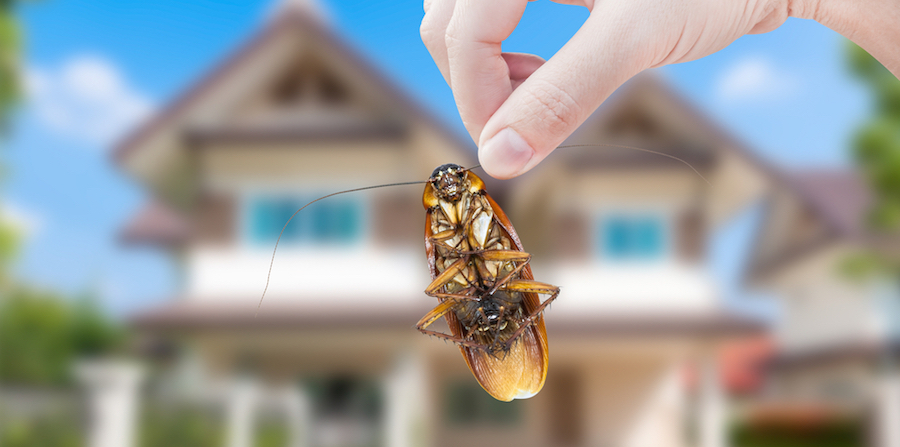It’s true: pests are more drawn toward some houses than others. Common house pests like rodents and bugs gravitate toward houses where they can hide, feed, and stay hydrated easily. If your house is particularly old, dirty, cluttered, or humid, it’ll draw more pests than most.
Luckily, we started with the bad news. Now for the good news: no matter how “good” your house is at attracting pests, you don’t have to let them in. These are the four main reasons why any house attracts pest infestations, and what you can do about each of them:

Age
As house ages, it starts to wears down. Cracks and gaps open in wood, sealing, plaster, or insulation. Decks and siding start to peel or warp. Paint chips away, weatherproofing rubs away, screens tear. You get the idea. Wear-and-tear is natural, and bugs, rodents, and other pests can exploit it or even make it worse.
If your house is older, start looking for pest vulnerabilities around twice a year. Check on siding, weatherproofing, windows, doors, foundation, and sealing every spring. Patch up little cracks and gaps. Repair or replace damaged housing materials. Look for rotting wood or chipped paint. Pay special attention to pest-prone areas, like the basement, attic, or crawl spaces, plus window frames and utility lines. All this work may seem somewhat futile, but you’d be surprised what a little extra maintenance can do for your pest infestation. Your house is worth it!

Food Remains
Pests enter a house for three reasons: food, moisture, and shelter. The easier it is for them to get these three things, the more they’ll want to move in. Consequently, the best way to keep them out is depriving them of these things. The easiest thing to deprive them of is food. Most of us leave food out all over the place. We throw out leftovers, leave dishes out, leave crumbs on tables, or don’t put away snacks. While we may forget about scraps like these, pests never do.
Invest in hard plastic containers to keep pastas and cereals in. Do dishes immediately after eating, and wash down eating surfaces after meals. Seal household garbage cans and take them out frequently. Keep your dumpster away from your home or seal it off. These sound like small chores, but they can make a big difference, especially if your home is particularly prone to pest infestation.

Clutter
You’d think living in your home would be enough shelter for these ungrateful pests, but they want even more. Pests are surprisingly shy little buggers. Even when they’ve infiltrated your home, they’re looking for hiding places. If they can get into cardboard boxes, drawers, cabinets, piles of clothing or fabric, or any of the rest of the stuff that just sort of accumulates in your basement, they’d be thrilled.
The other reason pests like clutter is it gives them places to hook up and nest. Pests want to hide their offspring to maximize their chances of survival. When they have a good hiding place, they can foster generations of “family.” What may seem like pest infestation after pest infestation may just be Pest Attack: The Next Generation. Finding and removing eggs is an essential step toward preventing pests permanently. The fewer places they have to hide, the easier that step is.

Humidity
All living things require water to survive. Most pests need to actually drink water, though some pests like crickets can absorb it through their bodies. Unfortunately, however, bugs need a lot of water. Humidity attracts pests because they can get all the water they need from puddling or condensation on windows or walls. Most bugs also feel a lot more comfortable in moist places, where their bodies won’t dry out as quickly.
Ultimately, humidity is probably what brings pests to your home. A dark, moist, quiet spot is prime real estate for pests looking for a place to live. Find the areas of your home that naturally get humid and consider investing in a dehumidifier. Look for places that puddle or gather condensation and keep them dry. Patch up plumbing leaks and dripping. When they run out of places to drink inside, pests will have to leave.
We know: pest infestations aren’t fair. They can feel like the consequence or negligence or carelessness, or even like punishments. The fact of the matter is, however, that sometimes even the most diligent homeowner might wind up with a pest infestation under the right circumstances. It’s nothing to feel guilty about.
Instead, just give Griffin a call. We can help you figure out how and why pests got in and what you can do about it. When we solve pest problems, they stay solved–no matter how big a pest magnet your house might be!

